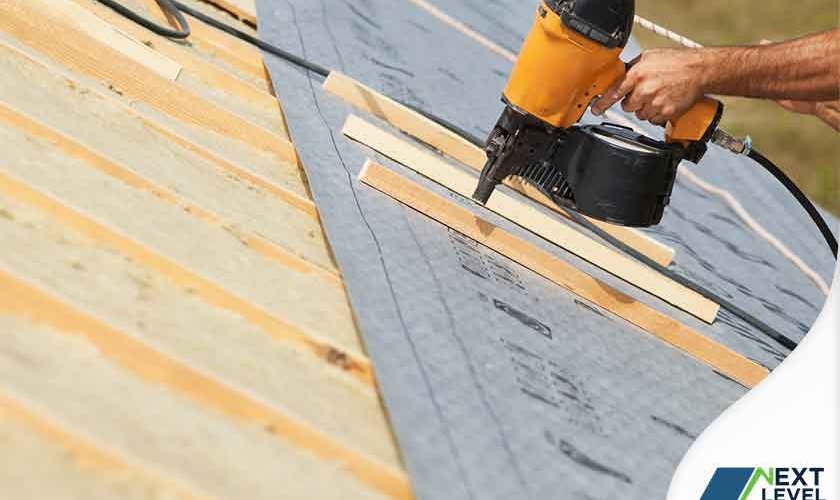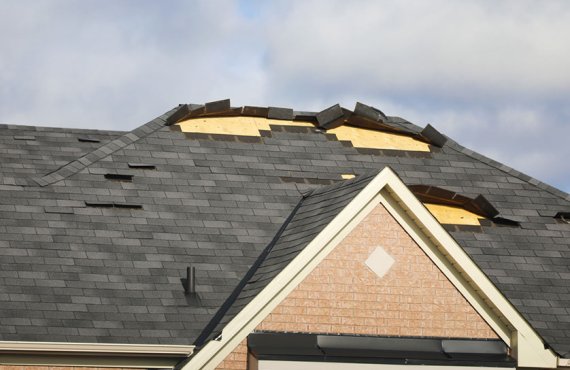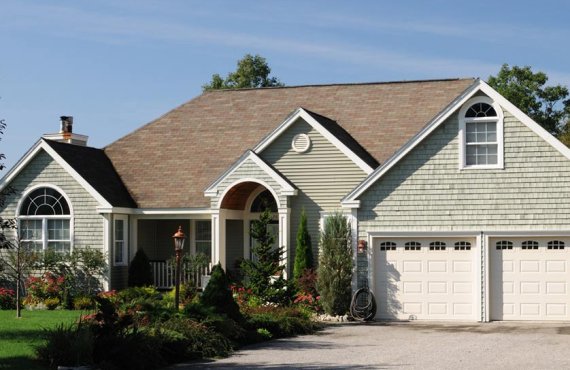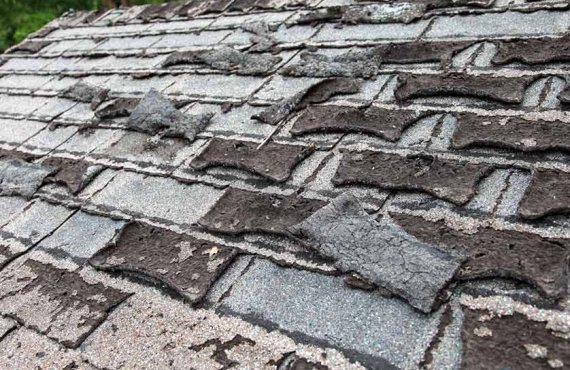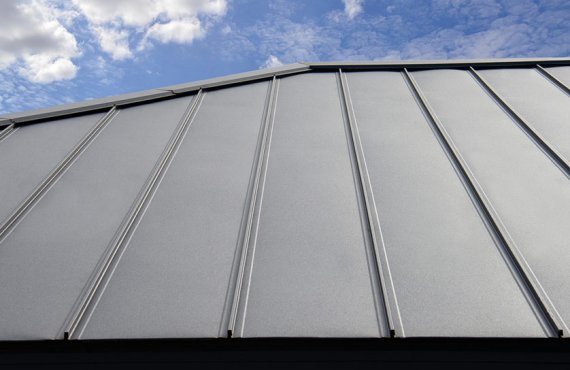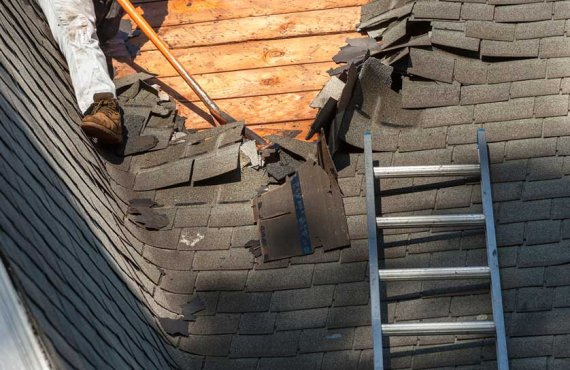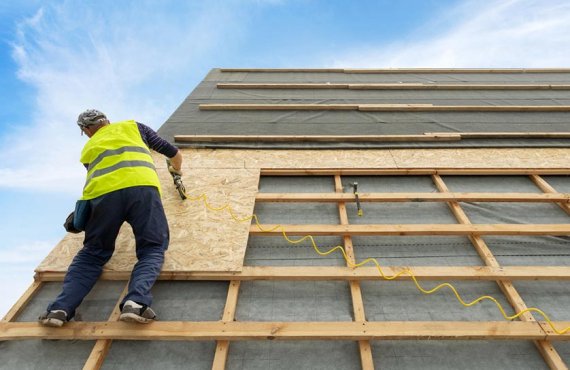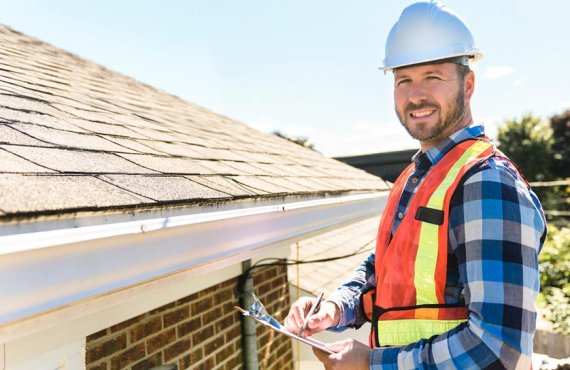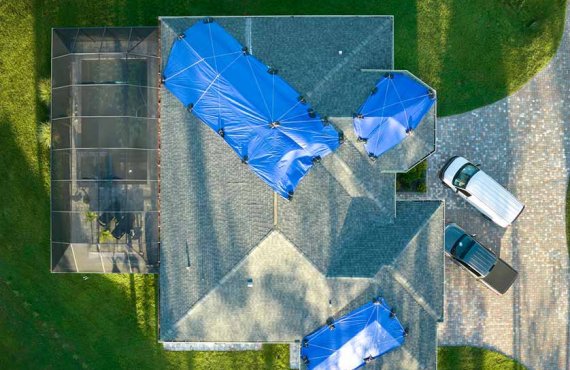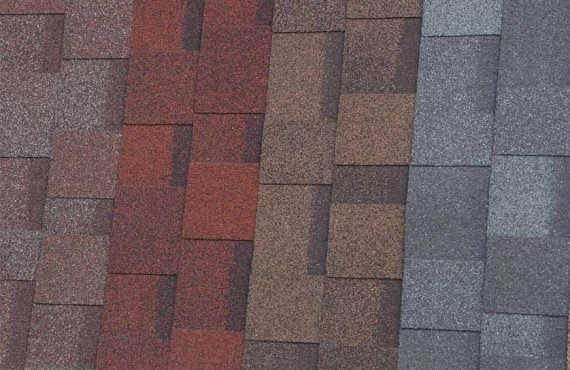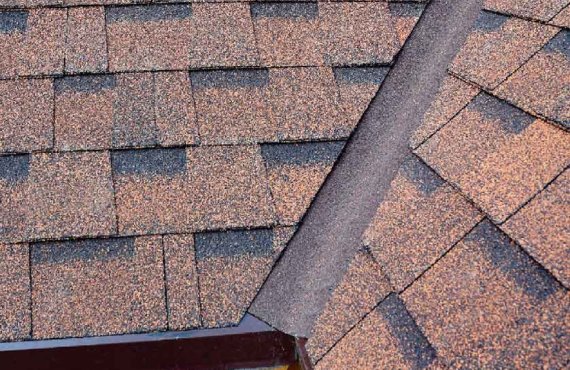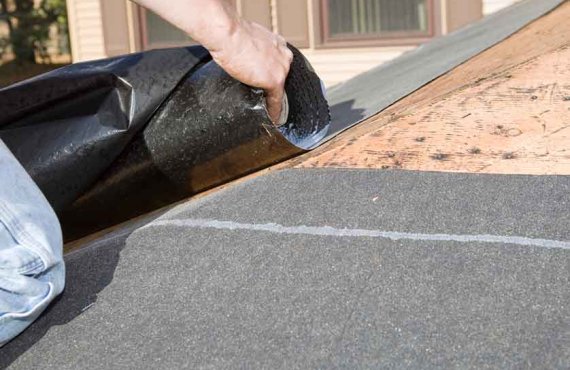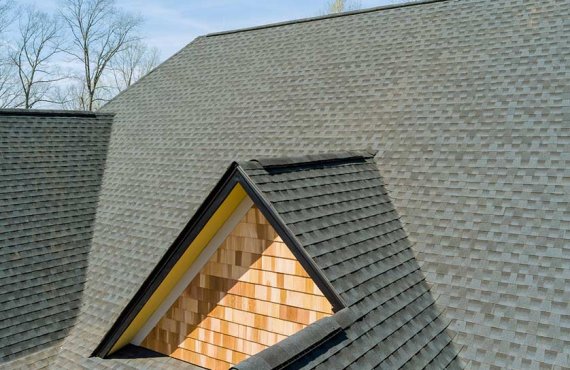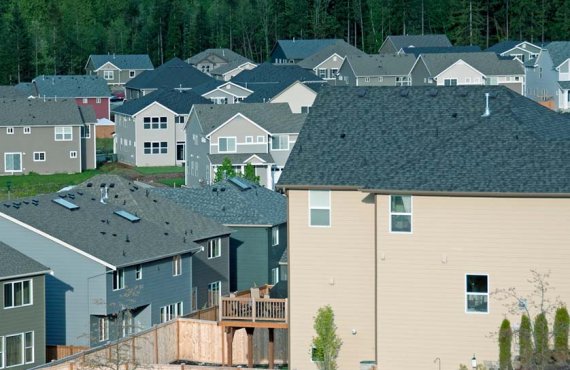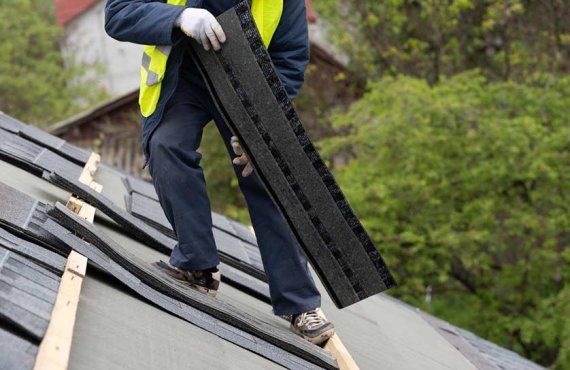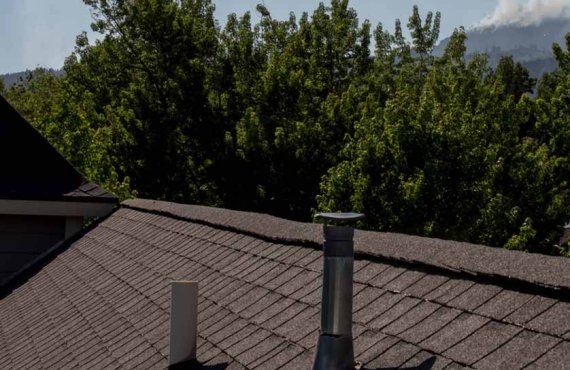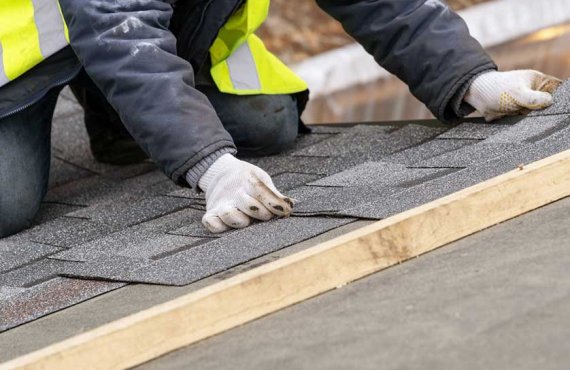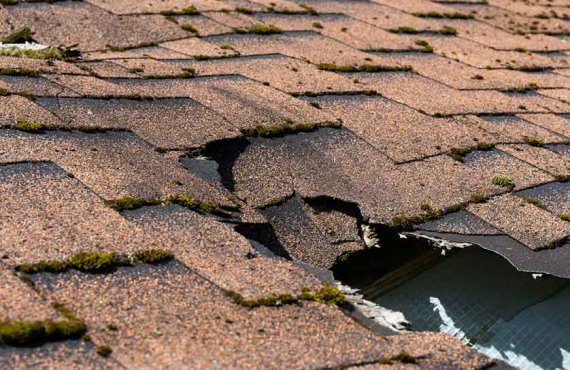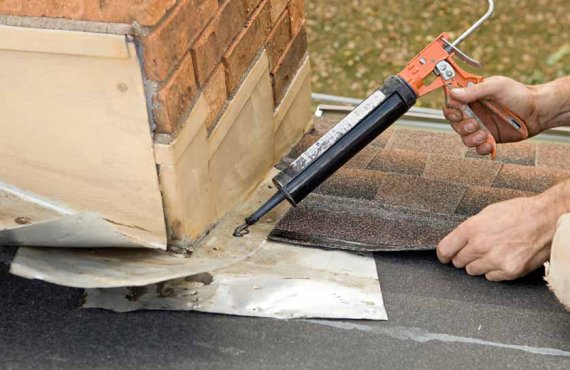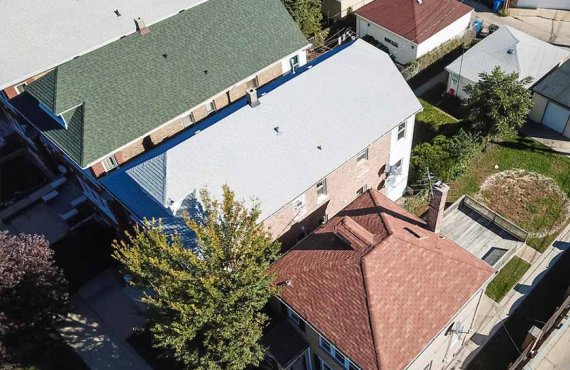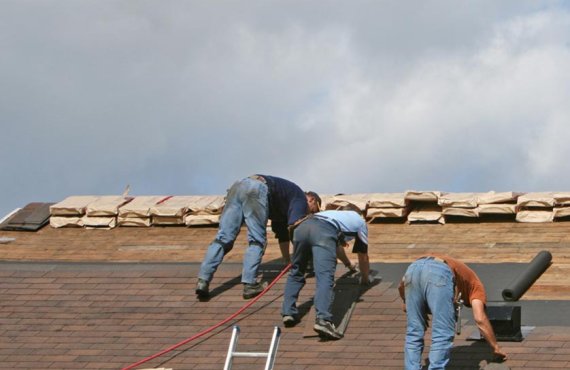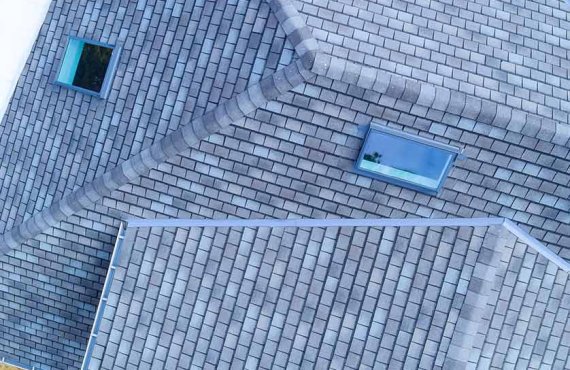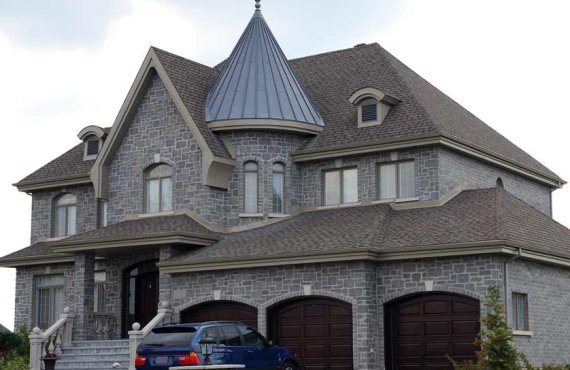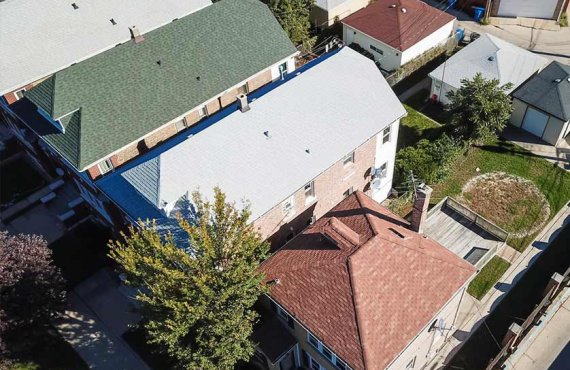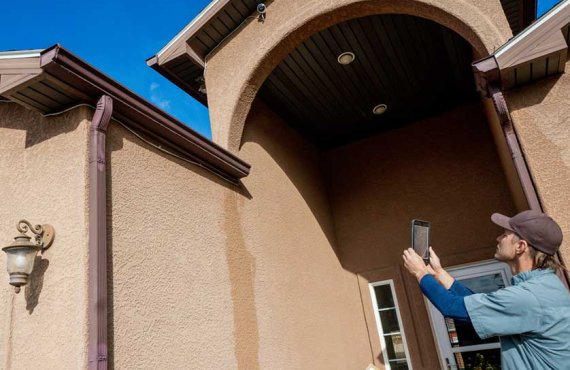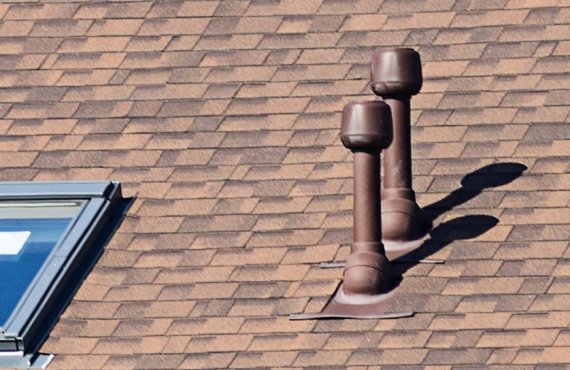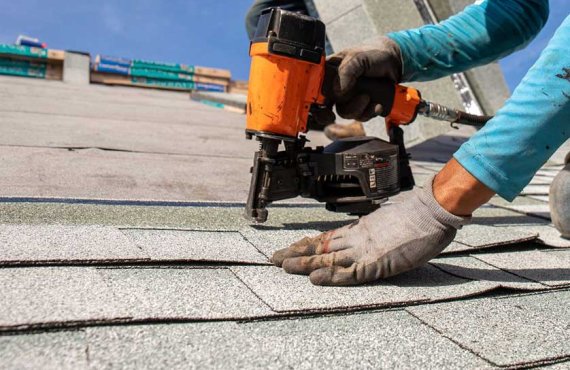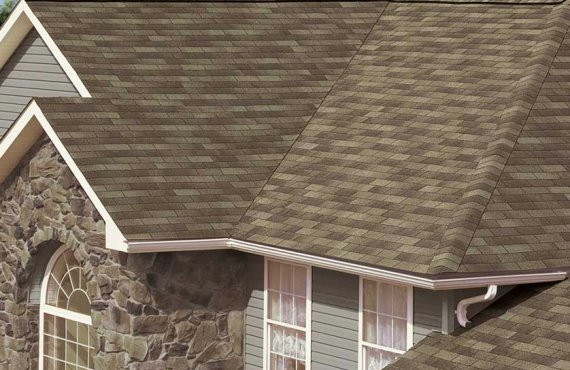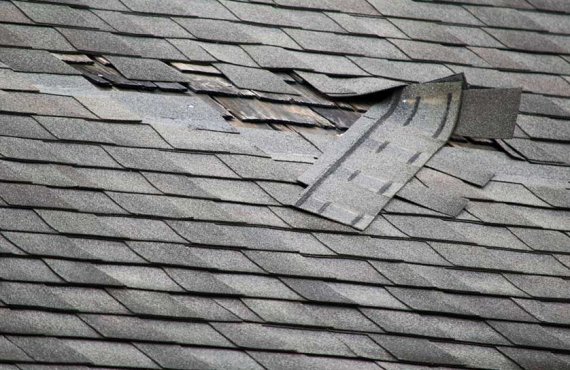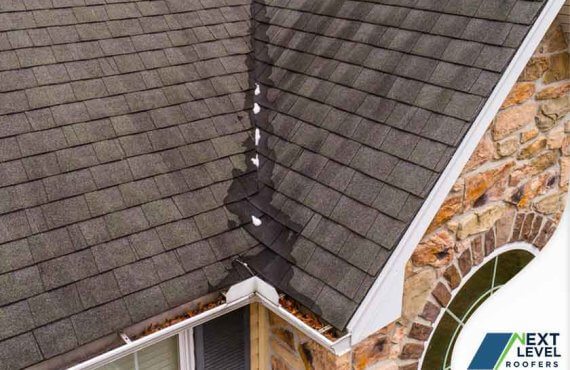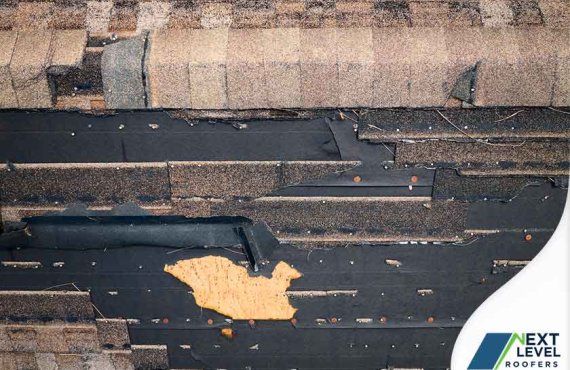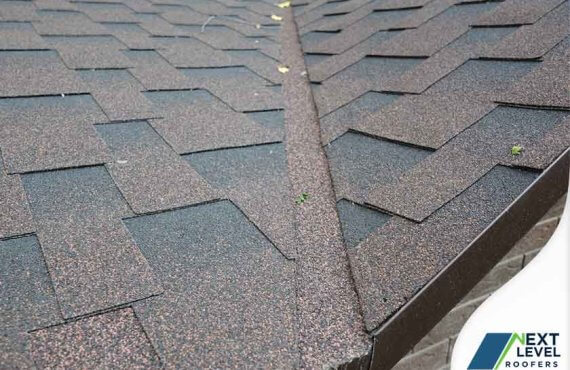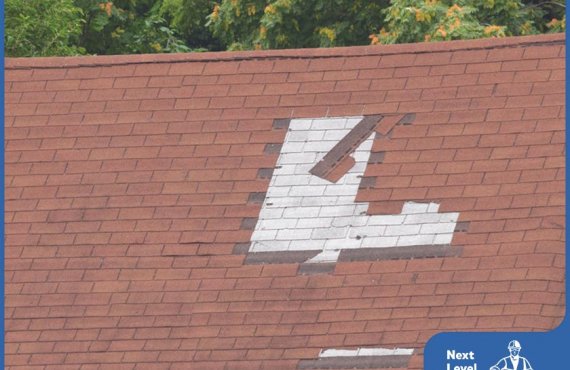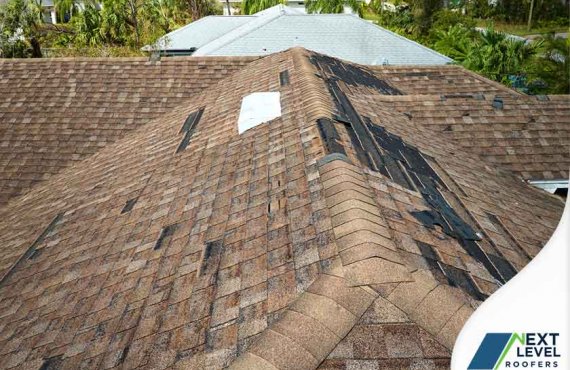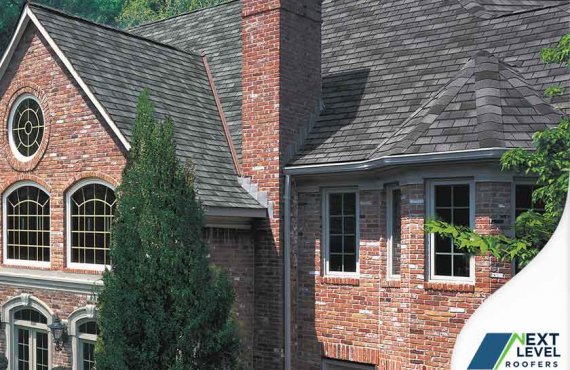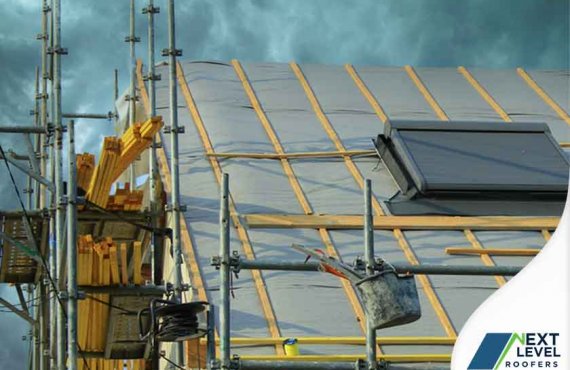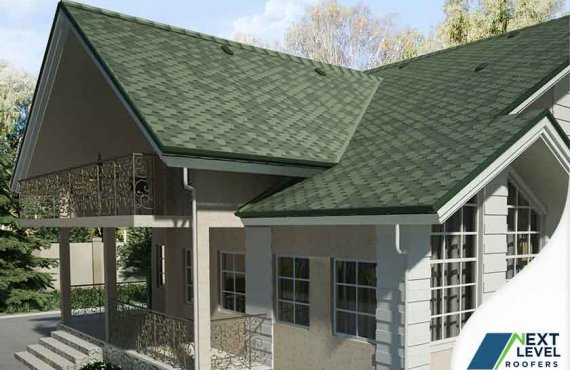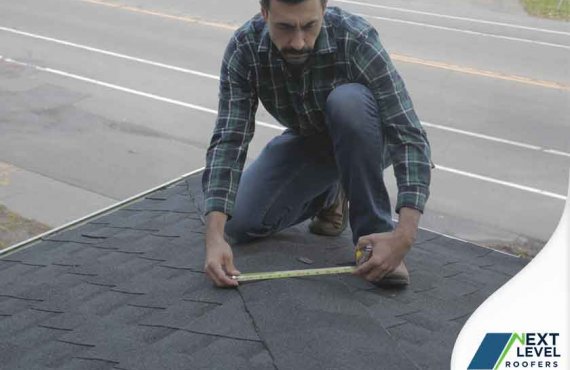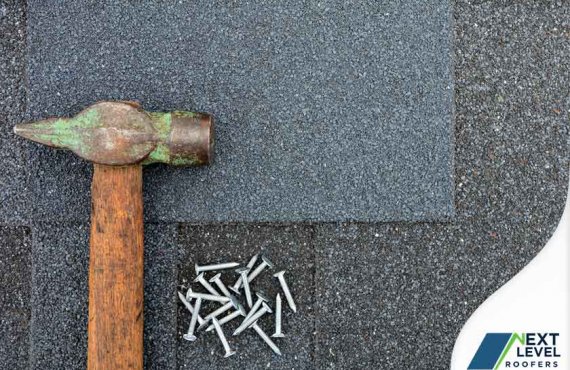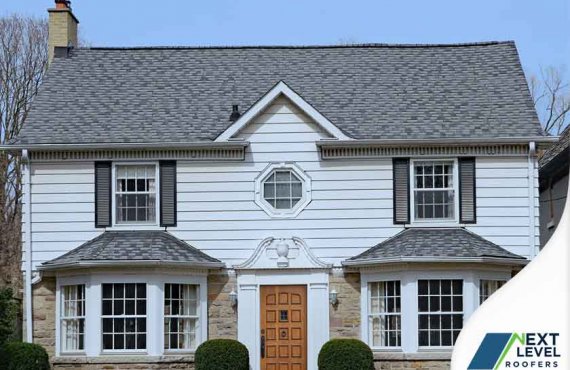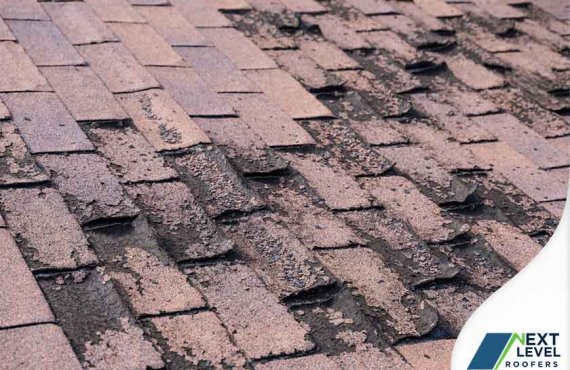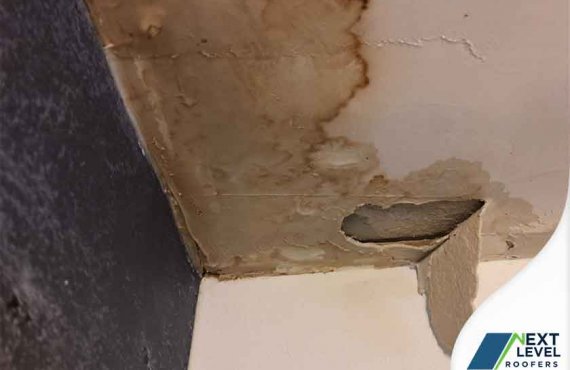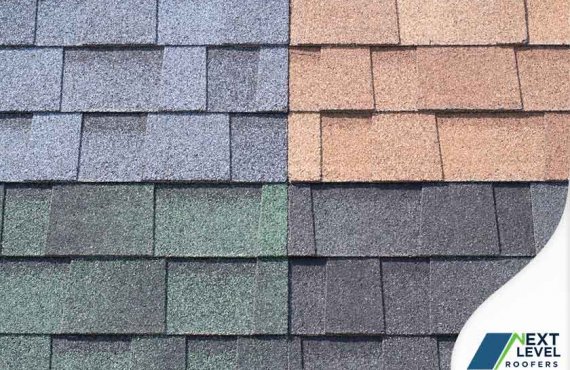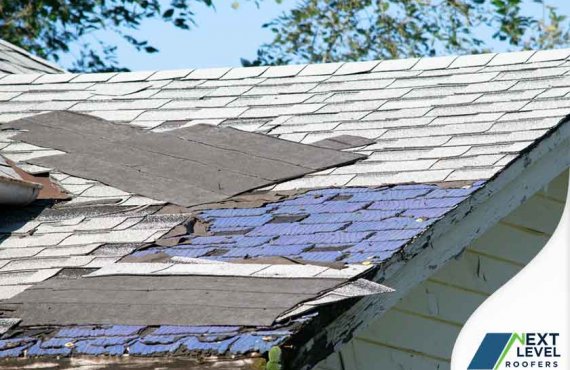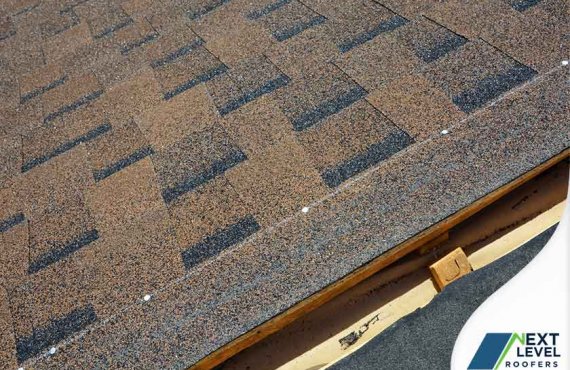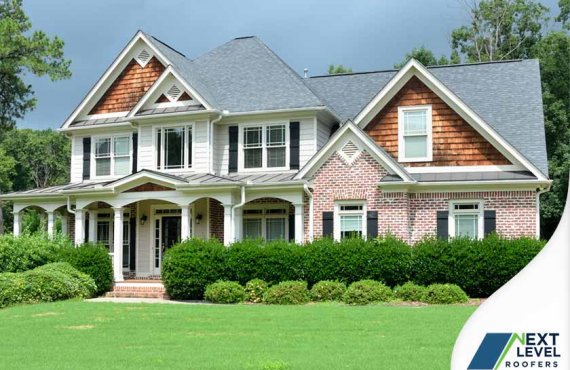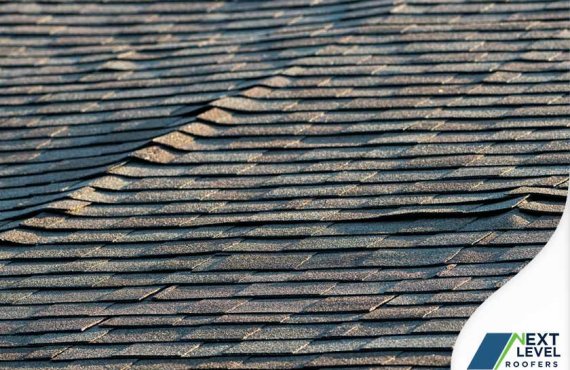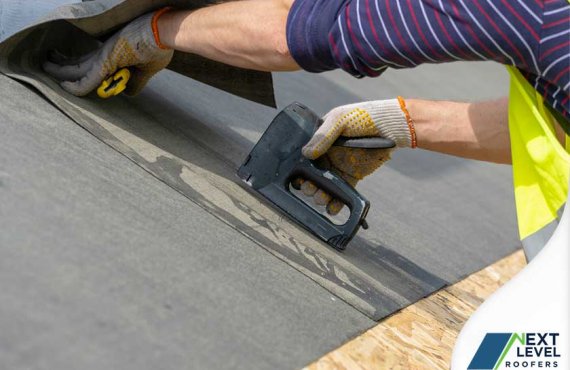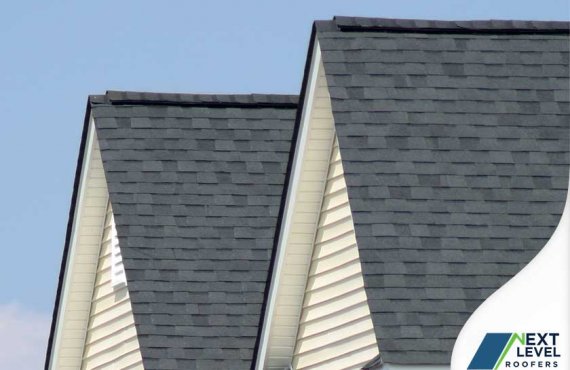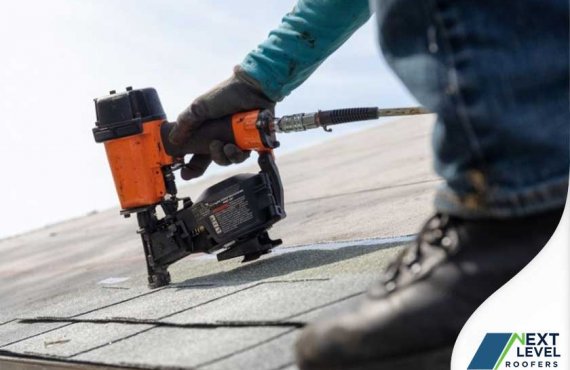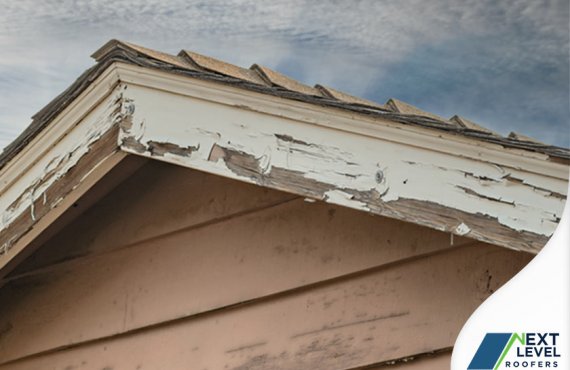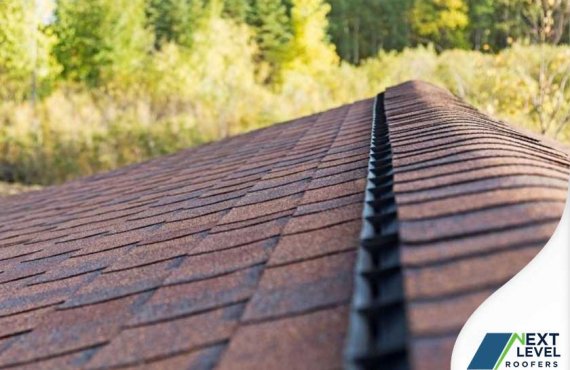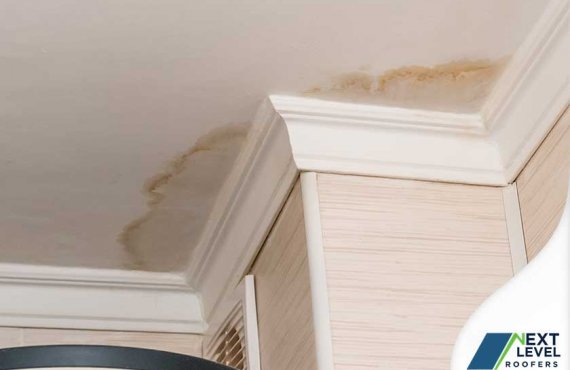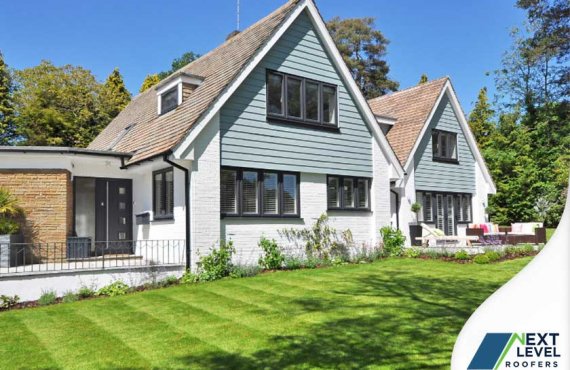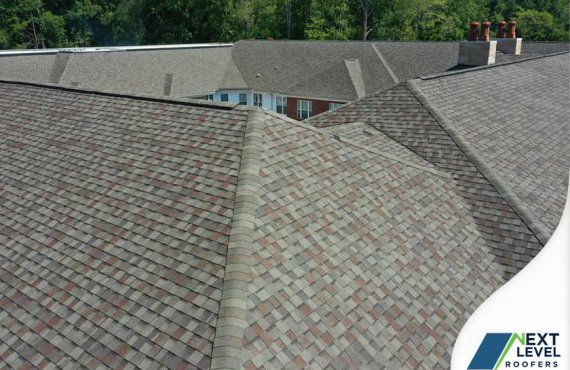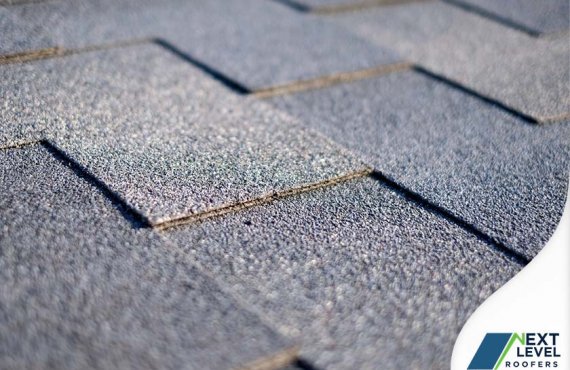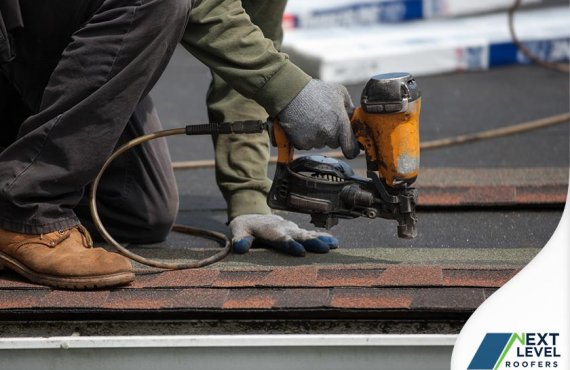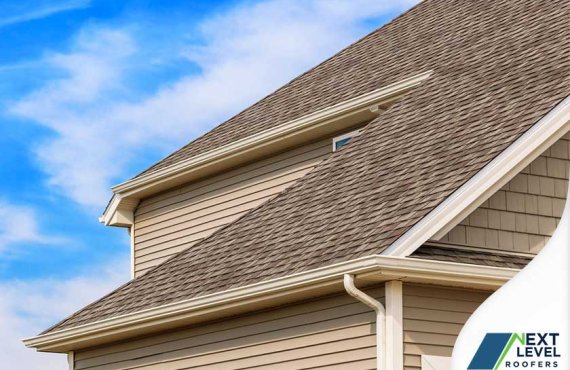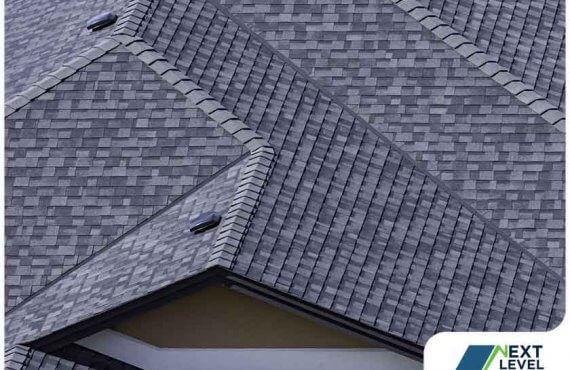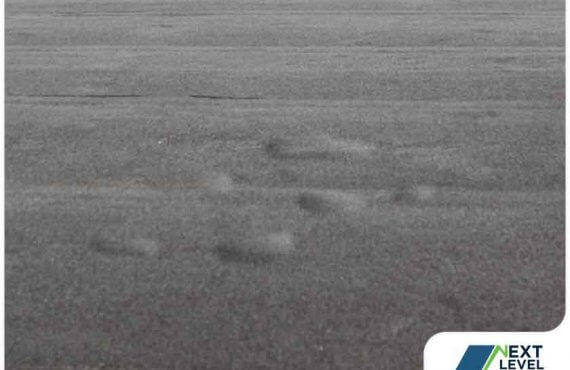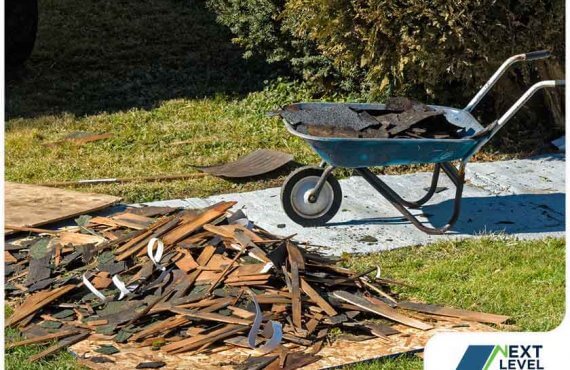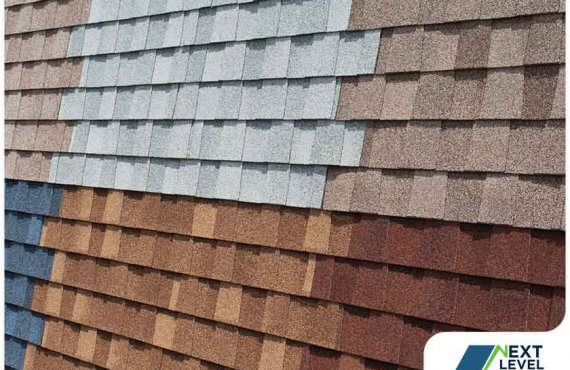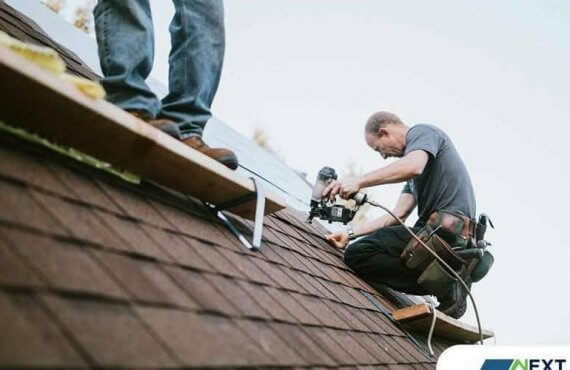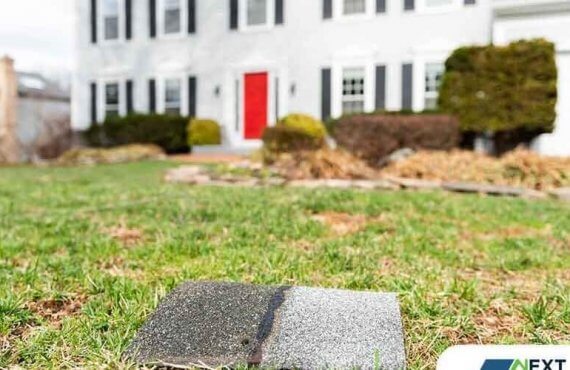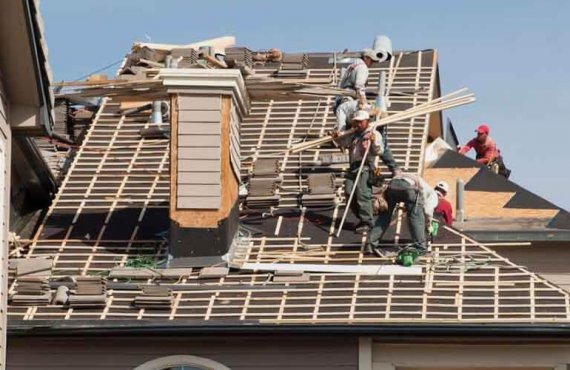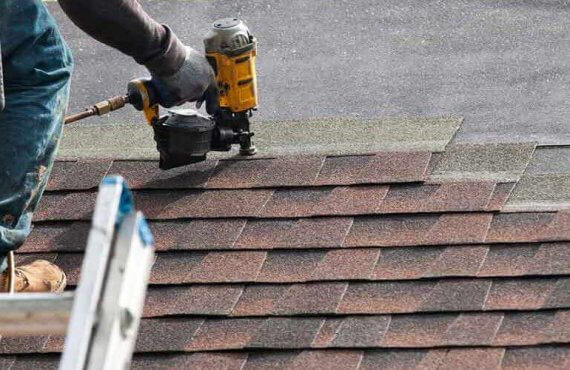Underlayment is a protective layer installed between the roof’s sheathing and shingles to prevent moisture infiltration. It is usually made from felt or synthetic material and requires proper installation by professional roofing companies to be effective in performing its function.
The underlayment can temporarily protect the attic if a section of your roof loses asphalt shingles. Continue reading to learn more about underlayment and its importance to your roofing system.
Types of Underlayment Material
Rubberized Asphalt
Rubberized asphalt is the most durable and expensive underlayment material. Its dense asphalt and rubber polymer content makes it waterproof, so it can effectively prevent leaks. This type of underlayment also has a sticky back with a protective membrane, creating a natural seal between it and the sheathing.
Asphalt-Saturated Felt
This widely used underlayment is typically a sheet of felt paper made from cellulose or fiberglass and dipped in an asphalt mixture. Many roofers recommend it because of its affordability, accessibility and ability to keep moisture away from the sheathing. It sometimes comes with a layer of adhesive on one side to make installation easier.
Non-Bitumen Synthetic
This material is more durable and water-resistant than felt underlayment. It is usually made from polypropylene or polyethylene. Manufacturers design them for full-roof applications, making them much more cost-efficient than asphalt-saturated felt. Furthermore, synthetic underlayment is easier for roofers to install.
Choosing the Right Underlayment
Asphalt-saturated felt or non-bitumen synthetic is ideal for most residential roofs. 15-pound felt is usually enough to protect your home. But if you have a metal roof, it’s better to use synthetic underlayment because it’s more heat-resistant. Generally, synthetic underlayment is recommended for hotter climates and wet areas. If snow and windstorms are common in your area, you should opt for heavy-duty felt. To be sure, you can ask your roofing contractor what material works best in your area.
Signs of Underlayment Damage
If you see any of the following signs, you might have a damaged roof underlayment.
Ceiling Discoloration
Any discoloration on your ceiling indicates that moisture has permeated the underlayment. Ceiling moisture discoloration usually turns into a yellowish or cream color, but it can also be brown, gray, or black. This damage indicates that moisture has seeped through the sheathing.
Call your trusted roofers to inspect your roof as soon as you notice discolored ceilings. Their inspection can reveal the source of the problem, and they can replace your underlayment if needed.
Bulging Roof Sections
Bulging looks like a heavily deformed shape with stains or discoloration in a single spot. It means water has penetrated and damaged the roofing materials and attic. Your roofing contractor will need to replace the damaged components as soon as possible.
Missing or Damaged Shingles
A strong wind can blow off the shingles, exposing your underlayment to the elements. Make sure to replace your shingles as soon as possible. Your roof replacement contractor may need to replace the underlayment and assess the other roofing components too.
Don’t forget to record observable damage and missing asphalt shingles. You can also check your gutters for any shingle pieces or granules. These things often indicate storm damage, so you’ll need to call your roofer and insurance company immediately.
Soft and Spongy Roof Parts
Soft and spongy sections on your roof produce an unusual sound when roofers step on them. It usually means water has infiltrated the underlayment. Even if the roof looks okay, you must call a roofing expert to uncover the cause of the issue and determine the best course of action.
Other Things to Watch Out For
Significant water damage happens due to leaks on your roof. Missing shingles and damaged underlayment allow water to leak into the attic and cause the interior and wooden components to suffer from wood rot. A roof inspection will let you know if a partial or full replacement is needed.
Rotting wood must be addressed before you can install the new underlayment and roofing materials. If you’re using dense roofing materials like slate or clay, you’ll need stronger rafters and sheathing to support the new roof and underlayment.
How to Prevent Underlayment Damage
Prevention is always the best way to avoid or minimize underlayment damage. You can do the following to prolong the lifespan of your underlayment:
Regular Attic and Roof Inspections
Regular roof inspections ensure that your roof performs well for several years. Roofers typically check for signs of roof damage and provide recommendations on how to address existing issues. It’s also a good way to anticipate problems and prevent them before they spiral out of control.
Shingle Replacement
Replace any missing asphalt shingles before the next storm. Durable underlayment can only protect your home temporarily. By repairing or replacing shingles, you can be sure your home has adequate protection during the storm.
Regular Gutter Cleaning
Clogged gutters need regular cleaning to keep them free from debris and leaves. You can use a garden hose to rinse the clogged gutters or wait for your roofer to clear them. You can also ask a professional roofer to inspect and clean your gutters. They can do this for you during roof maintenance.
Roof Replacement
Timely roof replacement is vital to keep your interior protected. Make sure to replace your roof as soon as severe damage is detected. It’s also important to know your roof’s age so you can determine the right time for roof replacement.
Do Underlayments Have Warranties?
Yes, roofing underlayment may be covered by a warranty. Some manufacturers provide over 20 years of coverage for this roofing component. That said, replacing your shingles and underlayment gives you excellent protection and warranty cover.
Underlayment warranties also have limitations. Be sure to comply with manufacturer requirements to keep your underlayment warranty valid. Some underlayment warranties are also transferable.
For high-quality roofing, you should work with roofing companies with several years of experience. At Next Level Roofers, we guarantee superior roof repair and replacement services. Our team is ready to listen to your needs and provide you with a roofing system that can adequately protect your home from the elements. Call us today at (407) 237-7960 or fill out this contact form to get a free quote. We serve customers in The Villages (Leesburg, Florida) and Sumter County.

